37 Outrageous Cars Made By Surprisingly Conservative Companies
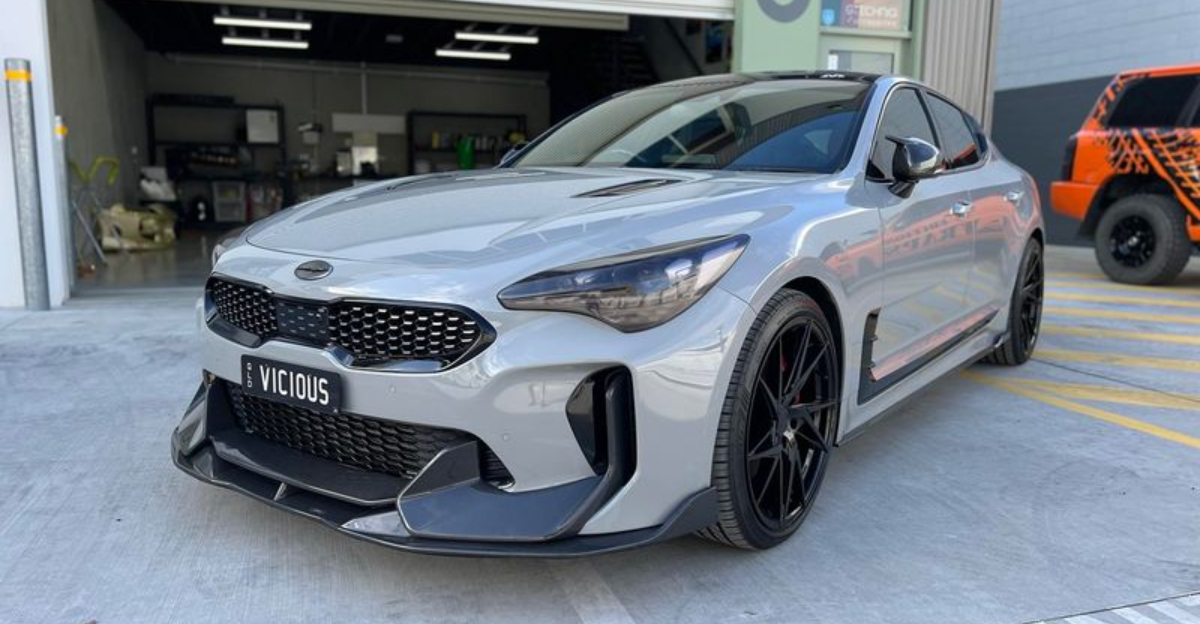
My uncle once rolled up to a family barbecue in a gold-flaked Toyota Century with suicide doors. We were expecting a Camry.
Instead, he brought something that looked like it belonged in a Yakuza movie. That moment stuck with me, when a brand known for playing it safe suddenly lets its designers off the leash.
It’s like seeing a librarian show up with a mohawk. Turns out, even the most buttoned-up automakers have their wild side, and when it breaks loose, things get gloriously unhinged.
1. Toyota Supra A80

Beneath that swooping hood lurked a twin-turbo inline-six engine capable of handling ridiculous power upgrades.
Toyota, the company known for reliable Corollas and Camrys, somehow created this tuner’s dream machine in the 1990s.
The A80 Supra became a legend for its ability to handle 1000+ horsepower with minimal modifications.
Its starring role in “The Fast and the Furious” cemented its status as the ultimate sleeper supercar from a company better known for making your aunt’s grocery-getter.
2. Honda NSX (1st Gen)
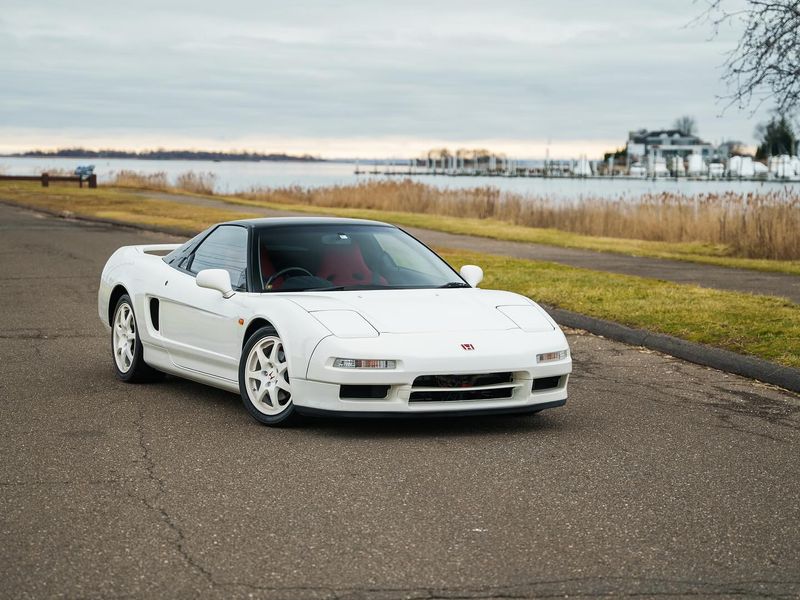
Ayrton Senna himself helped develop this aluminum-bodied masterpiece. Honda, purveyor of practical Civics and efficient lawnmowers, somehow created a mid-engine supercar that made Ferrari nervous.
The NSX combined everyday reliability with exotic car performance – something unheard of in the early ’90s.
With its perfect handling and screaming VTEC V6 mounted behind the driver, this technological tour de force proved that the company known for sensible transportation could build something truly extraordinary.
3. Lexus LFA
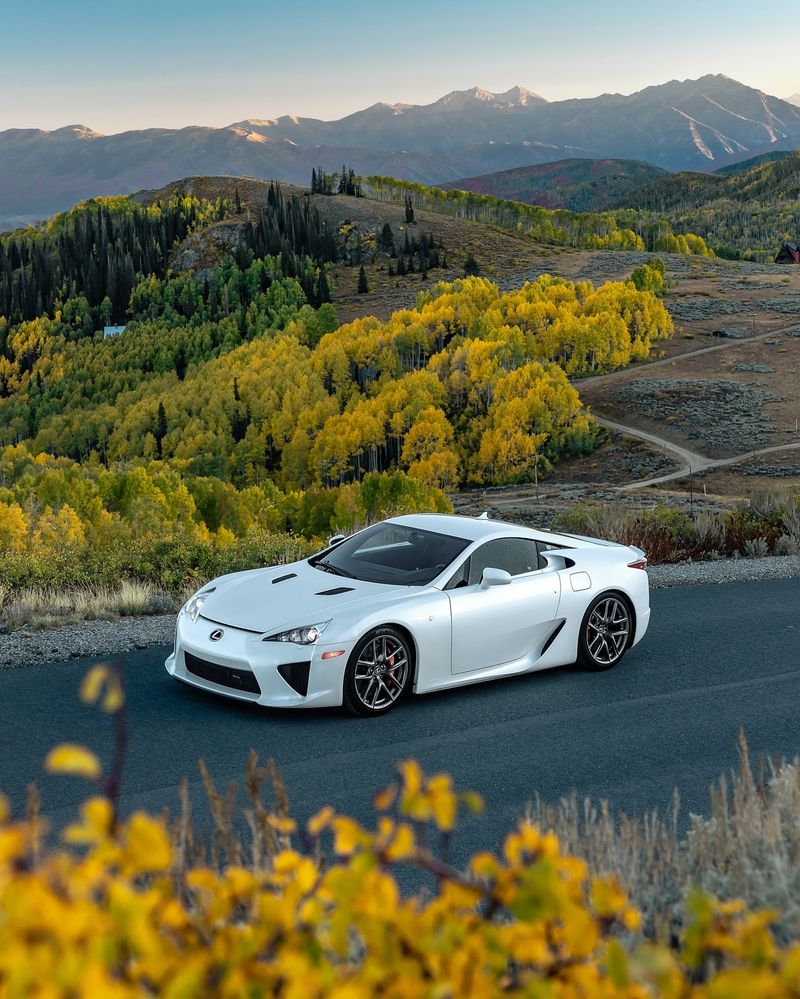
Crafted with a carbon fiber loom Toyota invented specifically for this project, the LFA stands as automotive obsession in its purest form.
The naturally-aspirated V10 engine, co-developed with Yamaha, produces a banshee wail that makes Ferrari owners turn their heads.
Limited to just 500 units, this $375,000 masterpiece came from Lexus – the brand better known for quiet luxury sedans driven by successful dentists.
The digital tachometer uses digital technology because the engine revs too quickly for mechanical gauges to keep up!
4. Volkswagen Phaeton W12
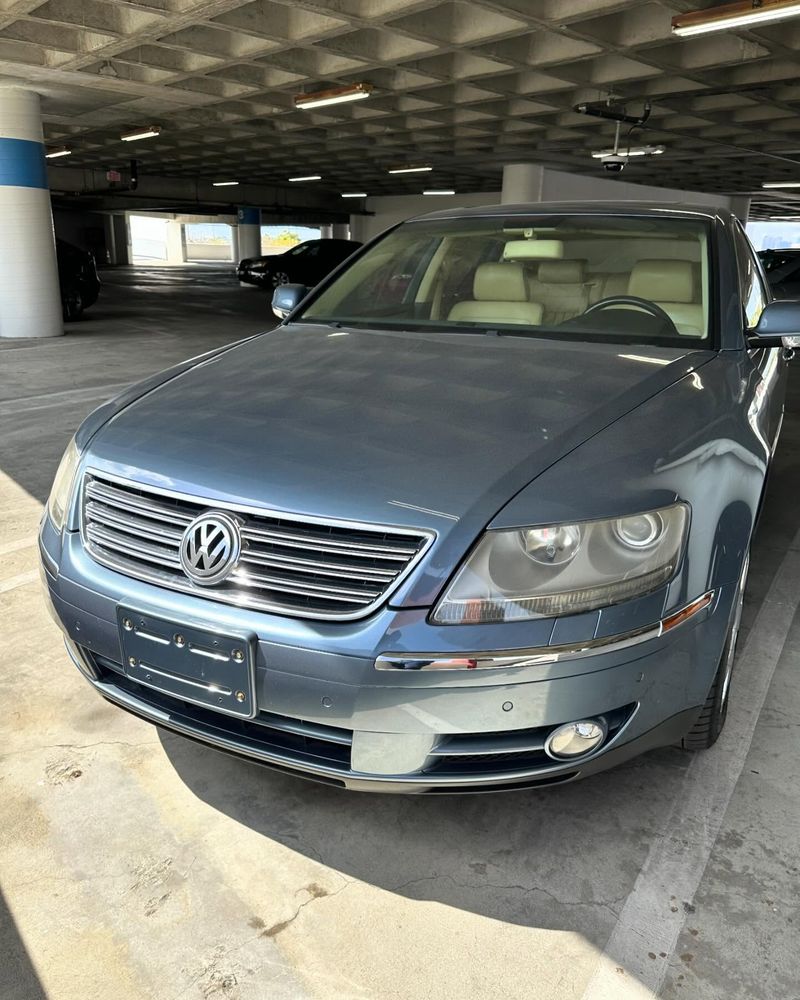
Ferdinand Piëch, VW’s legendary chairman, demanded a car that could cruise all day at 186 mph in 122°F heat while keeping the interior at 72°F.
The result was the Phaeton – a hand-built luxury sedan sharing its platform with Bentley. Volkswagen, whose name literally means “people’s car,” created this ultra-luxury masterpiece with a massive 12-cylinder engine.
Assembled in a stunning glass factory in Dresden, the Phaeton featured air suspension, draft-free air conditioning, and enough technology to embarrass an S-Class Mercedes.
5. Volvo 850 T-5R

Yellow station wagons aren’t supposed to terrorize race tracks. Nobody told that to Volvo when they created the limited-edition 850 T-5R – a family hauler with a turbocharged punch that could smoke many sports cars of its era.
BTCC racing fans still talk about the surreal sight of Volvo wagons lifting inner wheels around corners. This boxy Swedish sleeper packed 240 horsepower and came with special Porsche-designed wheels.
The ultimate contradiction: supercar acceleration in the same vehicle designed to survive moose collisions and carry Swedish furniture flat-packs.
6. Mercedes-Benz CLK GTR
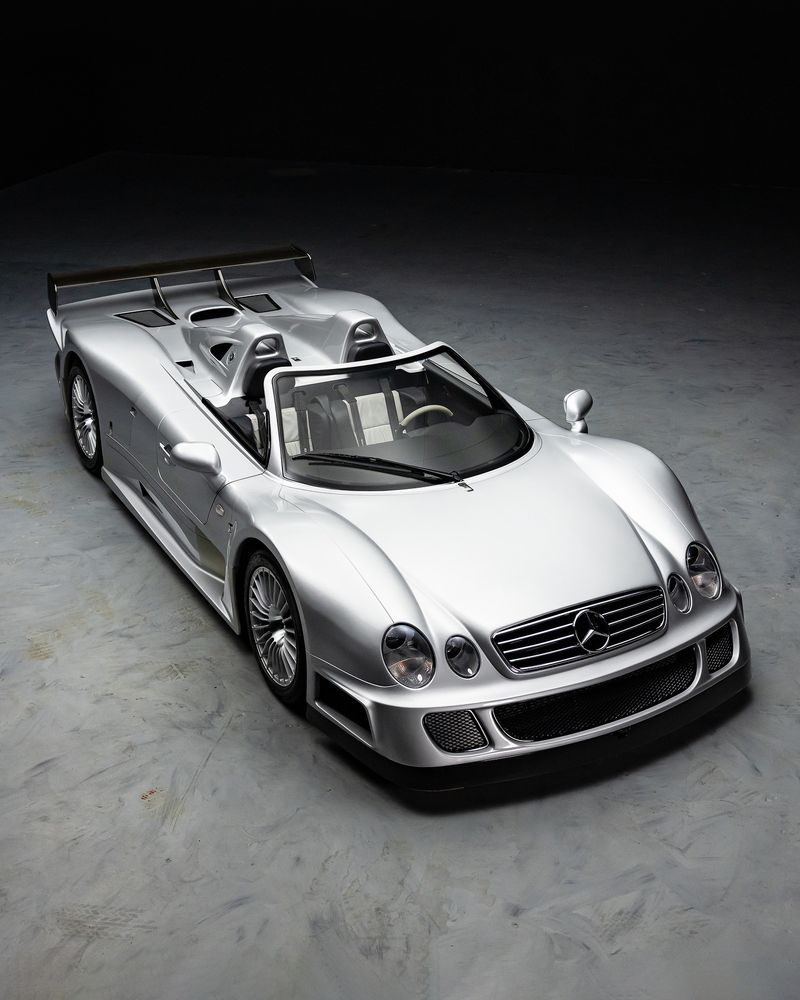
Racing regulations required Mercedes to build 25 road-legal versions of their GT1 race car. Rather than water it down, they basically slapped license plates on the actual race car and called it a day.
The result was the CLK GTR – a $1.5 million monster with a 612-horsepower V12 engine mounted in the middle.
Forget luxury and comfort; this car had a racing sequential gearbox that clunked and banged like farm equipment.
Mercedes, known for building executive sedans, somehow created one of the most extreme supercars ever sold.
7. BMW M1

Wedge-shaped, mid-engined, and utterly impractical, the M1 couldn’t be less like a typical BMW if it tried.
Designed in partnership with Lamborghini (before they bailed on the project), this stunning supercar established BMW’s M division.
Only 453 were ever built between 1978 and 1981. The straight-six engine would later power the first M5 sedan.
BMW, known for making executive cars with kidney grilles, somehow produced this Italian-styled exotic that still looks futuristic today – a bizarre detour for the company that would soon focus on building the “ultimate driving machine” in more practical packages.
8. Buick GNX
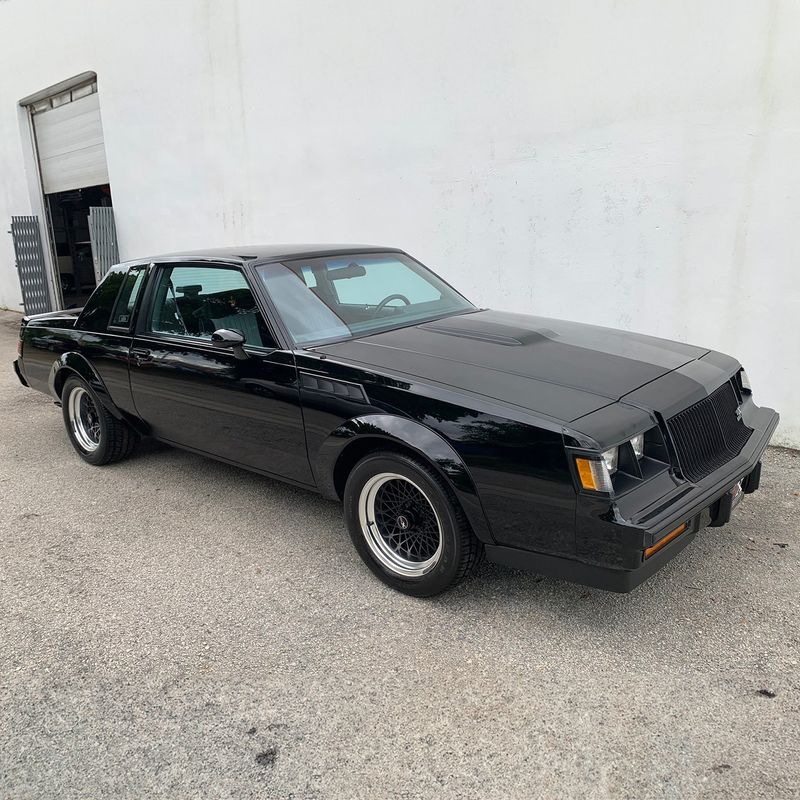
Darth Vader on wheels. The all-black GNX was America’s automotive supervillain during the performance-starved 1980s.
Buick – yes, BUICK – created this turbocharged monster that could outrun Corvettes and European sports cars.
Limited to just 547 units, the Grand National eXperimental packed a turbocharged V6 producing way more than its officially rated 276 horsepower.
Car magazines clocked 0-60 times under 5 seconds – in 1987! From the company known for making comfortable cruisers for the AARP crowd came this sinister sleeper that still commands six-figure prices at auctions.
9. Cadillac CTS-V

Supercharged Corvette engine. Manual transmission. Magnetic suspension. The second-generation CTS-V wasn’t just quick – it set a Nürburgring lap record for production sedans in 2008.
Cadillac, long associated with floaty land yachts driven by retirees in Florida, somehow built a genuine BMW M5 destroyer.
Available as a sedan, coupe, or wagon, this 556-horsepower luxury missile could hit 60 mph in under 4 seconds while carrying your golf clubs in supreme comfort.
The wagon version remains one of the most desirable sleeper performance cars ever created.
10. Ford RS200
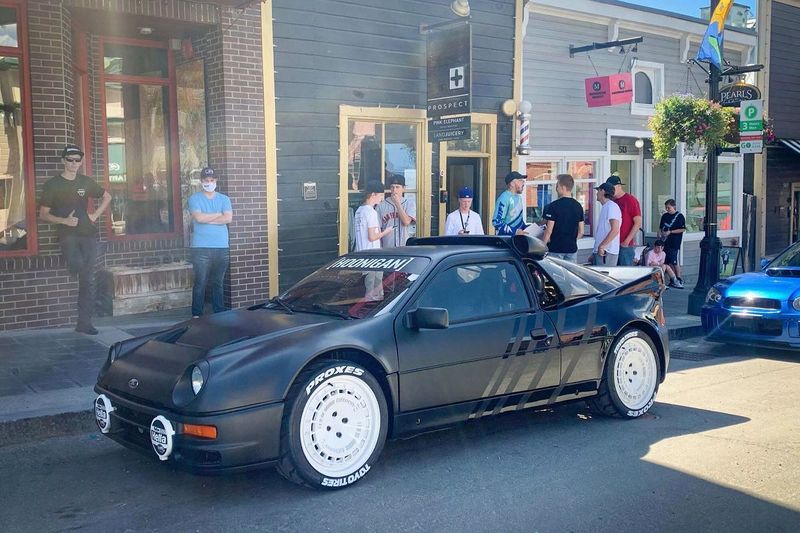
Group B rally racing created some truly unhinged vehicles, but Ford’s contribution might be the wildest.
The RS200 packed a turbocharged Cosworth engine mounted in the middle of what looked like a compact hatchback after a radioactive spider bite.
With all-wheel drive and up to 600 horsepower in competition form, these beasts could hit 60 mph in under 3 seconds – on gravel!
Ford, the company known for sensible Fiestas and family Explorers, built just 200 of these homologation specials. Today, they’re million-dollar collector items from the most dangerous era of motorsport.
11. Nissan GT-R R35

Nicknamed “Godzilla” for good reason, the R35 GT-R continues to terrify supercars costing three times as much.
Nissan, better known for sensible crossovers and affordable sedans, somehow created this twin-turbocharged technological tour de force.
The GT-R’s launch control system is so brutal it can damage the transmission – but delivers 0-60 times under 3 seconds.
Its computer-controlled all-wheel drive system features more processing power than some early space missions.
From the company that builds the humble Sentra comes this hand-built supercar-destroyer that continues to evolve and embarrass exotic brands.
12. Subaru WRX STI

Rally racing for the masses! The bug-eyed, hood-scooped, wing-wearing STI brought World Rally Championship technology to everyday roads.
Subaru, primarily known for practical all-wheel-drive wagons favored by outdoorsy types, created this turbocharged riot. The boxer engine’s distinctive rumble announces its arrival before you see it.
With its sophisticated all-wheel-drive system and up to 300 horsepower, the STI could outperform cars costing twice as much – especially on slippery surfaces.
What began as a humble economy car became a performance icon that spawned a subculture of flat-brim-hat-wearing enthusiasts and dominated rally stages worldwide.
13. Hyundai N Vision 74

Retro-futuristic styling meets hydrogen fuel cell technology in this mind-blowing concept car.
Hyundai, once the punchline of automotive jokes, created this 671-horsepower stunner that looks like it drove straight out of Blade Runner.
Inspired by the 1974 Hyundai Pony Coupe concept, the N Vision 74 combines pixel-style LED lighting with a wedge-shaped profile that would make DeLorean jealous.
With dual hydrogen fuel cells and a battery-electric system, this concept proves that Hyundai’s N performance division isn’t just catching up to established sports car makers – it’s potentially leapfrogging them into an exciting new era.
14. Kia Stinger GT
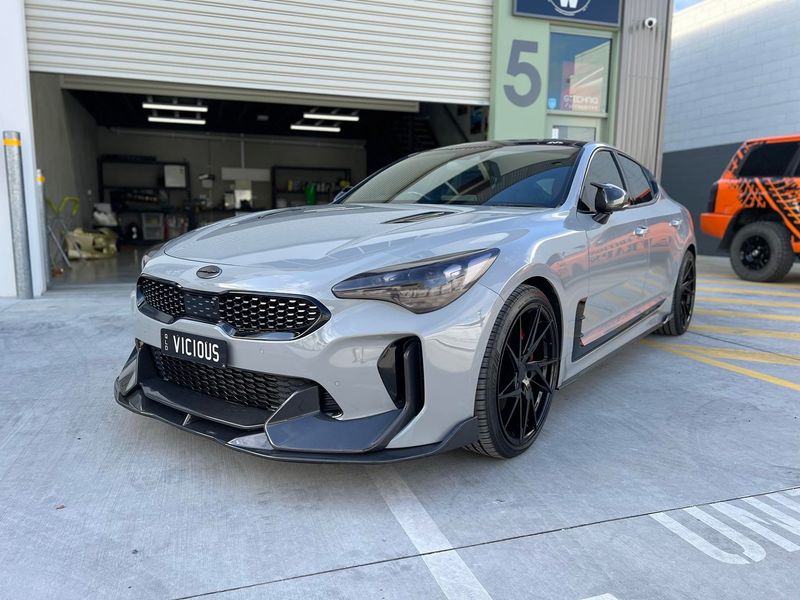
Poaching talent from BMW’s M division paid off spectacularly when Kia unveiled this rear-wheel-drive sports sedan.
The company famous for budget-friendly transportation created a legitimate grand tourer that outperforms much more expensive German rivals.
The twin-turbocharged V6 delivers 365 horsepower to the rear wheels (or all four if you prefer).
Designed by Peter Schreyer and engineered by Albert Biermann, the Stinger GT proved that Kia could build a genuine driver’s car.
The fastback design offers surprising practicality alongside sports car handling – a combination that shocked automotive journalists who never expected such brilliance from the Korean brand.
15. Peugeot 405 T16
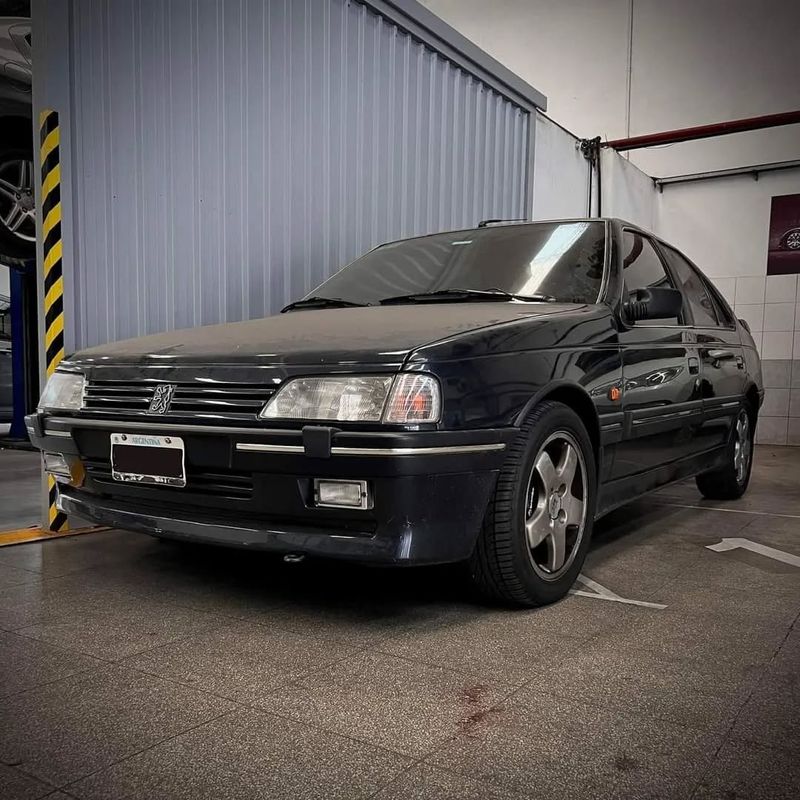
Watching this unassuming French sedan demolish the Pikes Peak hillclimb remains one of motorsport’s most jaw-dropping moments.
Peugeot, maker of sensible European hatchbacks, created this fire-breathing monster specifically for the famous “Race to the Clouds.”
With a mid-mounted 600-horsepower engine derived from their Group B rally car, the 405 T16 looked like a regular sedan that had swallowed a rocket.
16. Renault Clio V6

Imagine taking an economy hatchback, removing the back seats, and stuffing a V6 engine where passengers should sit.
That’s exactly what Renault did with the insane Clio V6 – a mid-engined hot hatch that’s wider than a Porsche 911.
Limited to just 3,000 units, this 255-horsepower monster was notoriously tricky to drive at the limit.
Renault, known for practical front-wheel-drive commuter cars, somehow greenlit this ridiculous project that required completely re-engineering their smallest car.
The result looks like a normal Clio that swallowed a supercar – bulging fenders, massive air intakes, and a soundtrack that would wake the dead.
17. Citroën SM
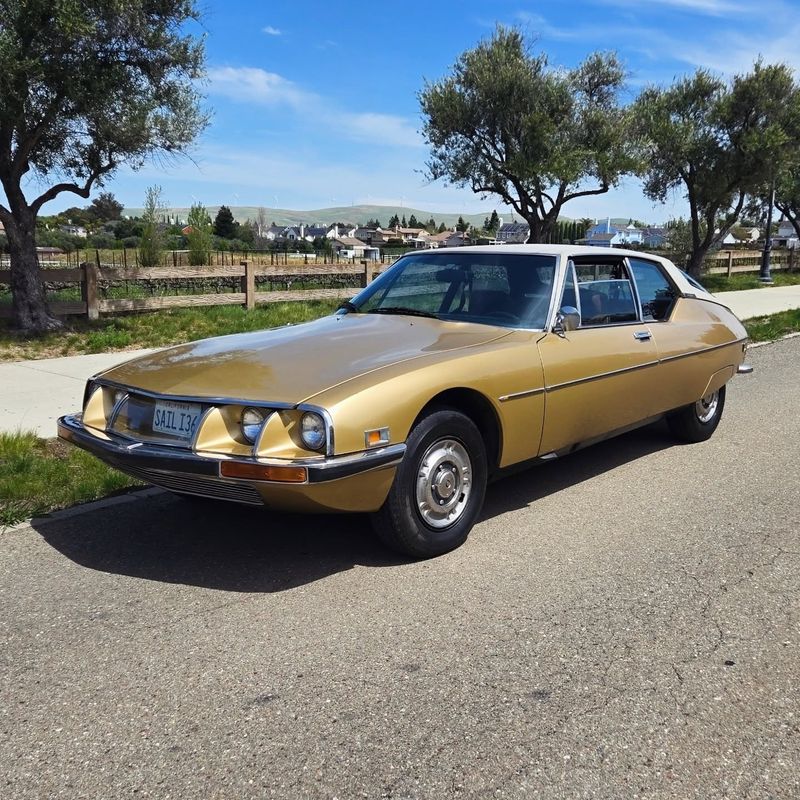
French weirdness meets Italian performance in this hydropneumatic luxury GT.
Citroën, famous for quirky, comfortable cars that prioritize innovation over convention, paired with Maserati to create this technological marvel.
The SM featured self-leveling suspension, swiveling headlights that turned with the steering wheel, and a Maserati V6 engine. Its aerodynamic design achieved a drag coefficient that remained unbeaten for decades.
President of France? This was your official car. Sci-fi movie director? This was your personal transport. The SM remains one of the strangest yet most beautiful grand tourers ever created.
18. Mazda RX-7 FD

Mazda’s engineering obsession with the rotary engine reached its pinnacle with the third-generation RX-7.
This lightweight, twin-turbocharged sports car weighed just 2,800 pounds and could dance around corners like nothing else from the 1990s.
The 13B rotary engine used sequential twin turbochargers to eliminate lag and deliver 255 smooth horsepower.
Mazda, better known for practical Miatas and family-friendly crossovers, somehow created this exotic-looking masterpiece that could challenge Porsches.
Its curvaceous body still turns heads today, while its complex engine continues to both delight and frustrate owners with its unique characteristics.
19. Mitsubishi Lancer Evolution X

Rally car technology disguised as a compact sedan. The tenth and final generation of Mitsubishi’s legendary Evo series packed a turbocharged punch that could embarrass cars costing three times as much.
With advanced all-wheel drive, active yaw control, and a dual-clutch transmission, the Evo X was a technological tour de force.
Mitsubishi, primarily known for affordable crossovers, somehow created this track-ready rocket that could hit 60 mph in under 5 seconds while carrying groceries and navigating snowstorms.
Its sophisticated S-AWC system could make even average drivers feel like rally champions.
20. Toyota GR Yaris
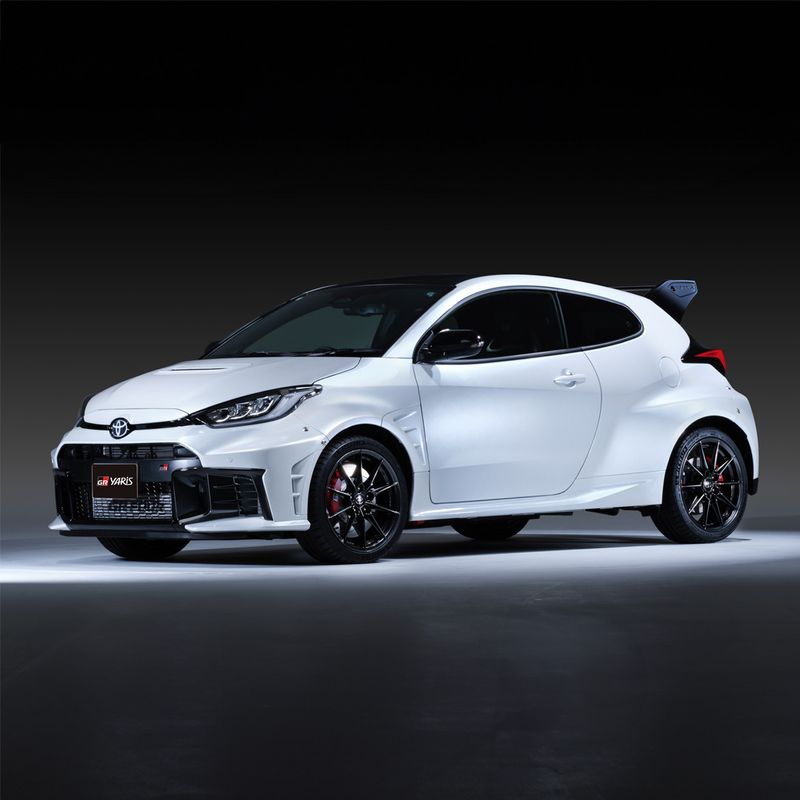
Three-cylinder engines aren’t supposed to make enthusiasts weak in the knees.
Toyota, however, stuffed a 268-horsepower turbocharged three-pot into their smallest hatchback, creating a homologation special for rally racing that’s become an instant classic.
The GR Yaris features a carbon fiber roof, all-wheel drive with selectable torque distribution, and a reinforced chassis. Only the roof and headlights are shared with the standard Yaris.
This pocket rocket proves Toyota’s performance renaissance is in full swing – transforming their most economical car into something that makes Porsche owners nervous on twisty roads.
21. Audi R8

Sharing DNA with Lamborghini wasn’t something anyone expected from Audi – a company known for sensible luxury sedans and wagons.
The R8 changed everything, bringing mid-engine supercar performance with everyday usability.
The original V8 version was stunning enough, but the V10 Plus model delivered supercar acceleration with German precision. The distinctive side blades and LED lighting became instant design classics.
Audi, once considered the conservative choice among German luxury brands, somehow created a supercar that could be driven daily yet still drop jaws at cars and coffee meetups.
22. Infiniti Q50 Eau Rouge (concept)

Stuffing a GT-R engine into a luxury sedan sounds like the fever dream of a car enthusiast who’s had too much caffeine.
Infiniti actually built it, creating the Q50 Eau Rouge – a 560-horsepower super sedan named after a famous corner at Spa-Francorchamps.
Sadly, this concept never made production despite working prototypes being tested by Sebastian Vettel. Infiniti, Nissan’s luxury division known for comfortable cruisers, almost gave us the Japanese equivalent of the BMW M5.
With all-wheel drive and a twin-turbo V6 borrowed from Godzilla itself, this could have been one of the greatest sleeper sedans ever built.
23. Chrysler ME Four-Twelve (concept)

A quad-turbo V12 engine producing 850 horsepower in a mid-engine carbon fiber chassis – from Chrysler?
The company better known for minivans and PT Cruisers somehow created this jaw-dropping hypercar concept in 2004. The name stood for Mid-Engine, Four turbochargers, Twelve cylinders.
With a 7-speed dual-clutch transmission and carbon-ceramic brakes, the ME Four-Twelve could theoretically hit 60 mph in 2.9 seconds and reach 240 mph.
Sadly, this American Ferrari-fighter never reached production, but it showed what Chrysler’s engineers could do when freed from the constraints of building practical transportation.
24. Lincoln Mark VIII LSC

Underneath the sleek, jellybean-shaped body lurked a technological powerhouse that could embarrass many European luxury coupes of its era.
Lincoln, known for building land yachts for the retirement community, created this supercharged personal luxury coupe with serious performance credentials.
The LSC (Luxury Sport Coupe) featured an aluminum 4.6-liter V8, computer-controlled air suspension that lowered at highway speeds, and a neon light bar across the rear.
While most Lincolns focused on floating isolation, the Mark VIII LSC delivered surprising performance with 290 horsepower and handling that belied its size – a true American grand tourer.
25. Skoda Octavia vRS
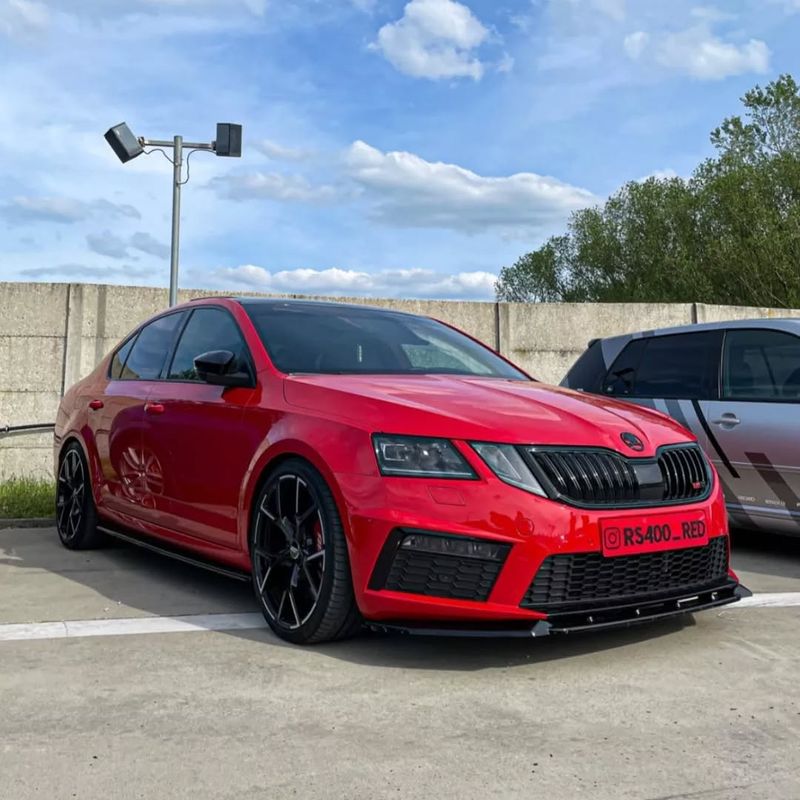
Czech engineering with German performance parts created one of the automotive world’s greatest sleepers.
Skoda, once the punchline of communist-era car jokes, transformed their practical family car into a genuine hot rod that could embarrass more expensive machinery.
Using turbocharged engines and chassis components from parent company Volkswagen’s GTI models, the vRS delivers serious performance in an unassuming package.
Police forces across Europe love these for their combination of high-speed pursuit capability and practical interior that can accommodate equipment and suspects.
From budget brand to performance sleeper – Skoda’s transformation continues to surprise drivers who underestimate these unassuming rockets.
26. Seat Leon Cupra R
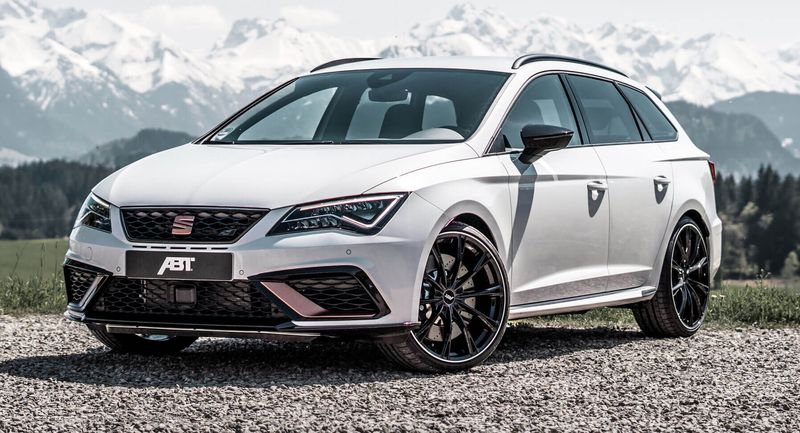
Spanish flair meets German engineering in this hot hatchback that packs 306 horsepower into a compact package.
SEAT, Volkswagen’s Mediterranean subsidiary known for affordable cars, created this limited-edition rocket that set Nürburgring lap records for front-wheel-drive cars.
With copper accents, Brembo brakes, and a trick electronic limited-slip differential, the Cupra R could outperform many sports cars costing twice as much.
Only 799 were built, making this one of the rarest hot hatches from a brand that most Americans have never even heard of. The Cupra sub-brand later became its own standalone performance division.
27. Daihatsu Copen
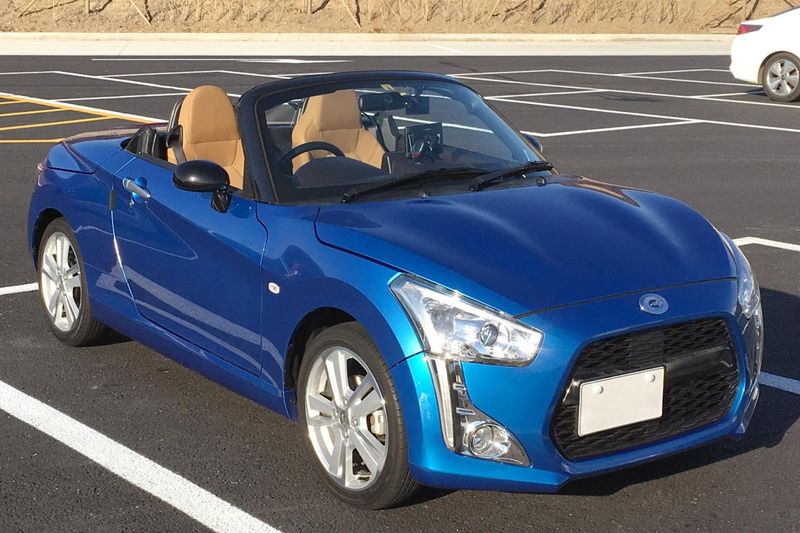
Kei cars aren’t supposed to be convertible sports cars, but nobody told Daihatsu.
This tiny Japanese manufacturer, known primarily for miniature economy cars and off-roaders, somehow created one of the most adorable roadsters ever made.
Limited by Japan’s kei car regulations to 660cc and strict dimensional requirements, the Copen still managed to pack a turbocharged engine, a power-folding hardtop, and four-wheel disc brakes into a package smaller than a Miata.
Its aluminum body and eager handling made it a cult favorite. Think of it as a sports car that’s been shrunk in the wash – tiny but perfectly formed.
28. Chevrolet SSR
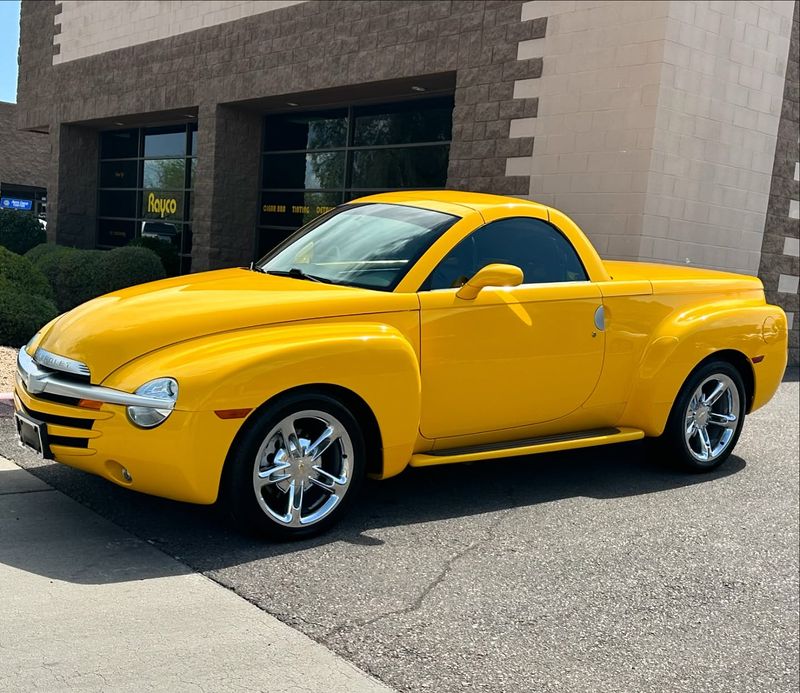
Cruising into dealerships in 2003, the Chevrolet SSR left onlookers scratching their heads in confusion. Was it a pickup? A convertible? A hot rod? Yes to all three!
General Motors somehow convinced executives that combining a hardtop convertible with retro styling and pickup functionality wasn’t just reasonable but necessary.
The resulting automotive mullet packed a respectable V8 but weighed more than a small moon.
Sales flopped spectacularly, with just 24,000 units sold over three years. Today, this wacky experiment has achieved cult status among collectors who appreciate vehicles that refuse to fit into normal categories.
29. Pontiac Aztek

Before ‘Breaking Bad’ made it infamous, the Pontiac Aztek terrorized eyeballs nationwide as GM’s boldest design disaster.
Launched in 2001, this vehicular Frankenstein combined SUV practicality with what appeared to be random body panels arranged by blindfolded designers.
Beneath its questionable exterior lurked genuinely clever features: a removable center console that doubled as a cooler, an optional tent attachment, and adjustable cargo configurations.
The Aztek embodied function-over-form taken to extremes. Marketing executives pitched it to ‘active lifestyle’ consumers, but most actively ran away.
30. AMC AMX

Rubber-burning onto streets in 1968, the AMC AMX delivered a shocking counterpunch from American Motors Corporation—a company better known for sensible Ramblers than tire-shredding performance.
Unlike its corporate siblings, this compact beast packed a 390-cubic-inch V8 that could propel it to 60 mph in just 6.6 seconds.
What made the AMX truly radical was its stubby two-seat configuration, chopping a foot from the Javelin’s wheelbase. This created America’s only production two-seater besides the Corvette.
AMC even set 106 speed records at Goodyear’s test track with specially prepared AMXs, proving this conservative company could hang with the muscle car heavyweights when it wanted to raise hell.
31. Opel Speedster
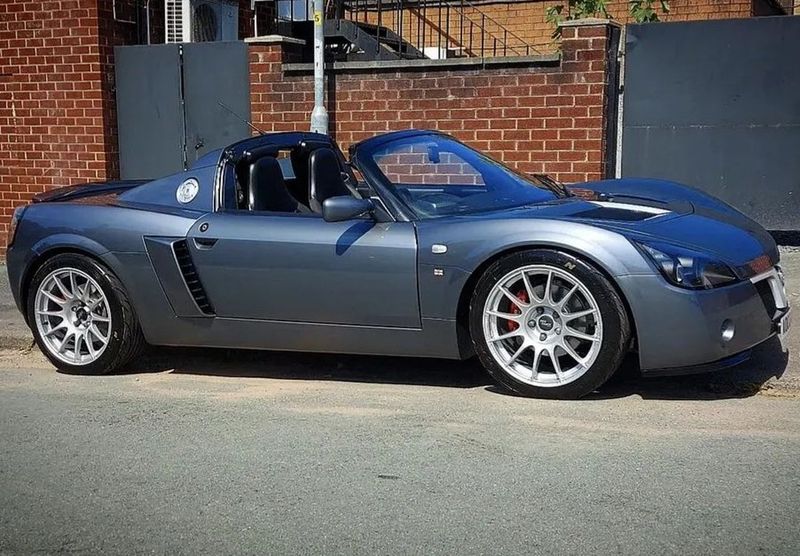
Mild-mannered Opel—purveyor of sensible European family cars—experienced a wild personality shift in 2000 when it unleashed the Speedster.
This featherweight sports car (shared with Vauxhall as the VX220) weighed just 1,900 pounds thanks to its bonded aluminum chassis and minimalist fiberglass body.
Lotus actually built these pocket rockets in England, explaining their Elise-like appearance and handling.
Unlike typical Opels with their practical front-wheel drive setups, the Speedster boasted a mid-mounted engine sending power to the rear wheels.
No radio, no power steering, barely any weather protection—the Speedster was Opel’s bare-knuckled fighter that traded everyday comfort for pure driving thrills that left enthusiasts gobsmacked.
32. Fiat Coupe Turbo
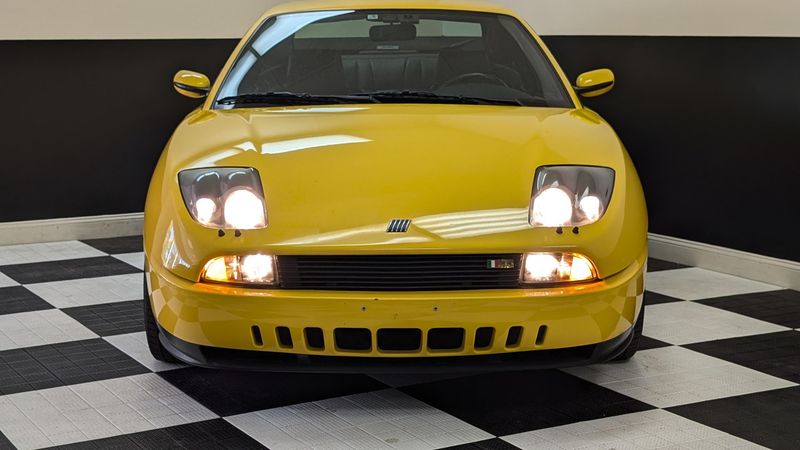
Slicing through automotive convention in 1993, the Fiat Coupe emerged as an alien spacecraft among the company’s usual lineup of tiny city cars.
Penned by Chris Bangle (who later became infamous for his controversial BMW designs), this angular wedge featured bizarre slash-cut wheel arches and a fighter-jet inspired interior.
Under its strange skin lurked something even more shocking—a 220 horsepower five-cylinder turbocharged engine that could rocket this front-wheel-drive coupe to 60 mph in just 6.3 seconds.
For a company known for building the tiny 500, this was automotive insanity.
33. Saab 9-5 Aero

Zooming beneath the radar in 1999, Saab’s 9-5 Aero represented Swedish engineering gone rogue.
Traditionally known for quirky-but-sensible vehicles, Saab unleashed this stealth bomber disguised as a family sedan, complete with a high-pressure turbocharged engine pumping out 230 horsepower.
True to Saab’s aircraft heritage, the cockpit-like interior featured a night panel button that dimmed all non-essential gauges for reduced distraction during night driving.
The ignition switch stubbornly remained between the seats—a Saab trademark. Corporate types could justify it as sensible transportation while secretly enjoying its surprising turn of speed.
34. Acura Integra Type R
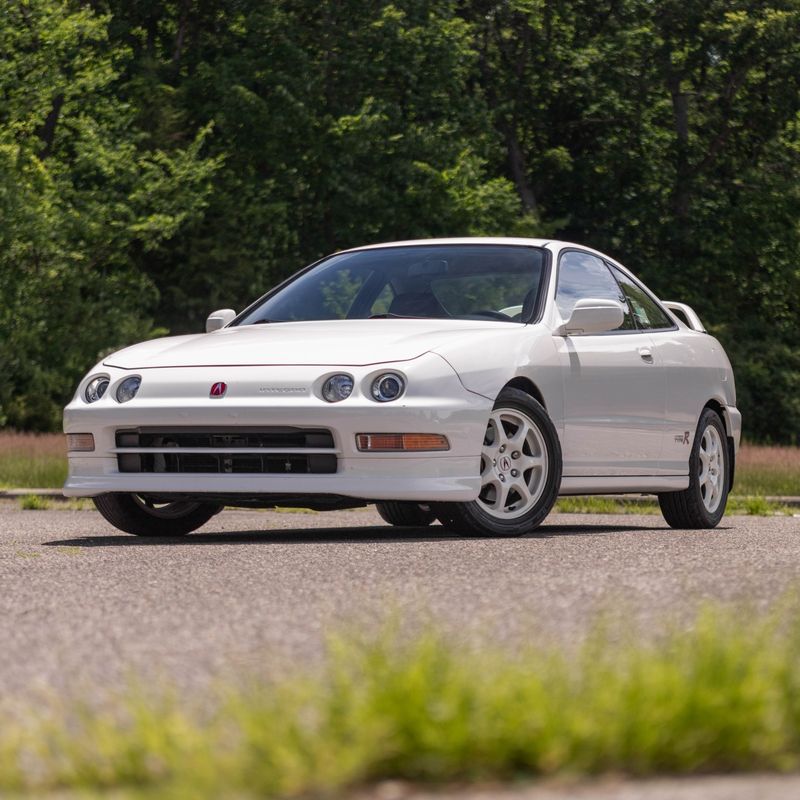
Screeching onto American shores in 1997, the Integra Type R represented Honda’s split personality disorder in full effect.
By day, Honda built sensible Civics and Accords; by night, engineers crafted this track weapon that redlined at an ear-splitting 8,400 RPM.
Sporting a hand-built 1.8-liter VTEC engine that produced 195 horsepower, the Type R featured strengthened connecting rods, hand-polished intake ports, and reduced weight through sound deadening removal.
Even the windshield glass was thinner to save precious ounces!
With its Championship White paint option and red Recaro seats, this unassuming coupe became the highest-revving, best-handling front-wheel-drive car ever produced.
35. Dacia Manifesto
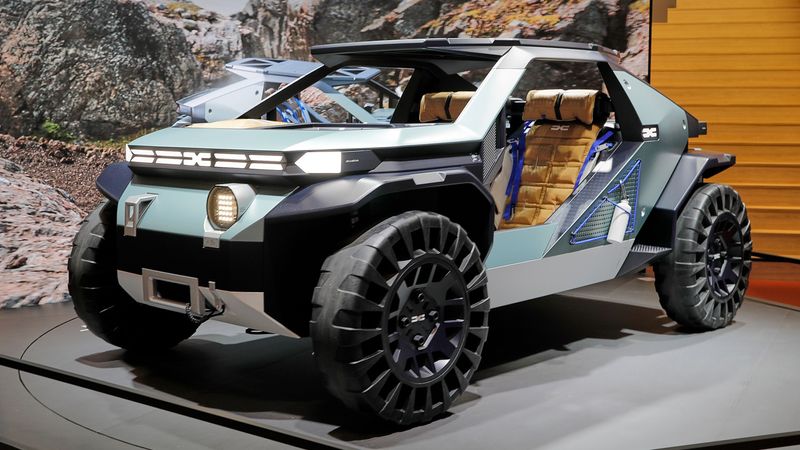
Bursting out of nowhere in 2022, the Dacia Manifesto concept car shocked automotive journalists worldwide.
Romania’s budget brand, known for building Europe’s cheapest new cars, suddenly unveiled an electric off-road buggy that looked like something from a sci-fi movie set.
This doorless, windowless adventure vehicle featured airless puncture-proof tires, washable interior with removable seat covers, and a body partly constructed from recycled plastic.
Its modular design included removable headlights that doubled as portable flashlights.
Most surprising was its cork dashboard—yes, actual cork—showcasing sustainable materials in a brand known for cutting costs wherever possible.
36. Tata Nano Europa

Revving up expectations in 2009, India’s Tata Motors—known primarily for commercial vehicles and basic transportation—unveiled the Nano Europa prototype.
This turbocharged evolution of their $2,000 “people’s car” represented automotive whiplash for a company focused on affordability above all else.
While the standard Nano packed a wheezing 33 horsepower two-cylinder engine, the Europa concept featured a turbocharger, improved suspension, and actual safety features like airbags.
Its exterior received a surprising makeover with alloy wheels and European styling touches.
37. Rover SD1 Vitesse
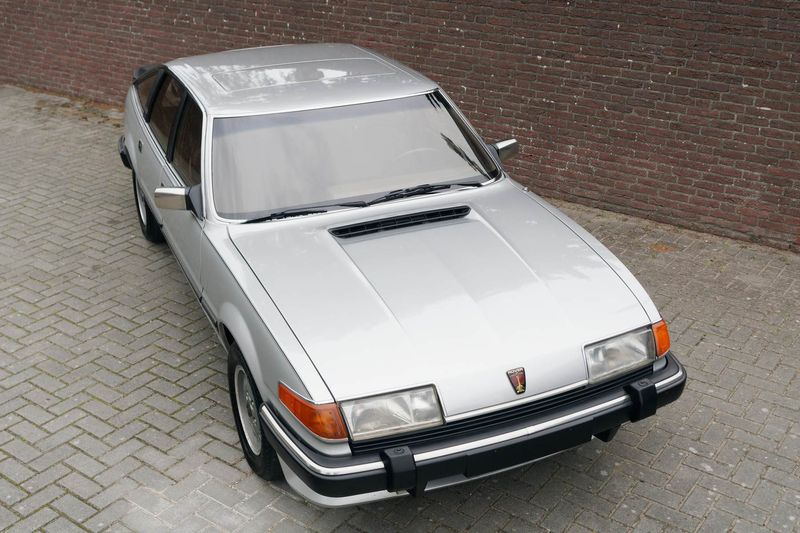
Roaring out of 1970s Britain came the Rover SD1 Vitesse—a shocking departure for a brand associated with stately sedans driven by headmasters and vicars.
The SD1’s sloping fastback design brazenly borrowed styling cues from the Ferrari Daytona, creating automotive double-takes across the UK.
In Vitesse form, this executive express packed a 190 horsepower V8 that could hustle to 60 mph in under 8 seconds.
Police forces quickly adopted these powerful hatchbacks as high-speed pursuit vehicles, giving criminals an unexpected surprise when they checked their rearview mirrors.
Inside, the minimalist dashboard featured innovative “satellite” controls clustered around the steering wheel.
